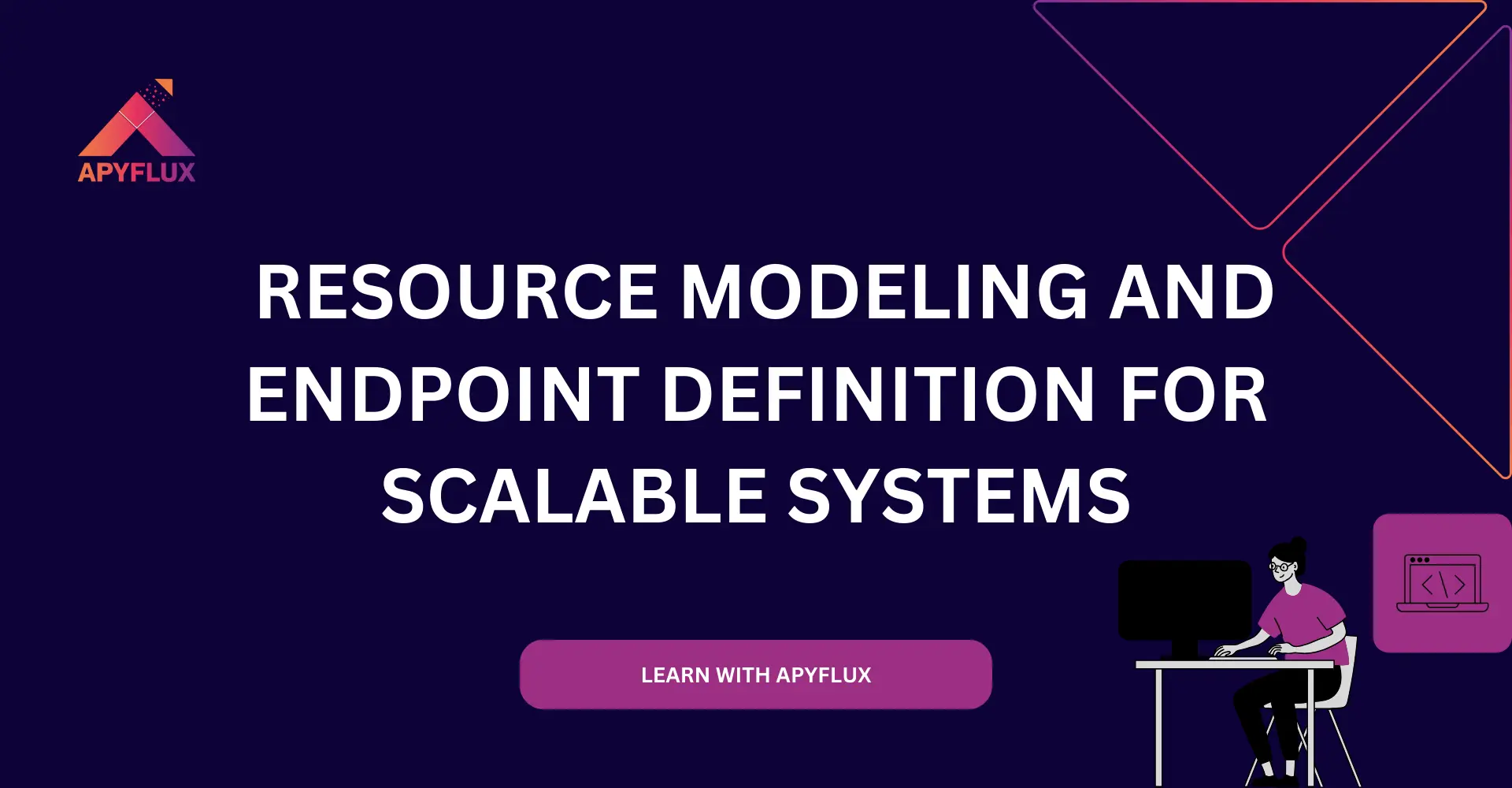
Hey! Developers, what’s up? Here, in this technical blog you will get detailed information about the Poor resource modelling and endpoint design. In the digital era, API design is an important aspect in business-critical decisions. A properly maintained API is the crucial concern to power up the applications, services and entire ecosystems. By doing this you'll be able to create scalable, maintainable systems that developers love to work on.
There are two key practices for every good API design, first resource modelling and second clear endpoint definition. If you do not practice good api design, your projects can fall apart under their own weight.Please read the full blog to get the detailed information about the resource modelling and endpoint design.
An API Endpoint is the unique URL or path where an application can get the resources or services as per requirement through an API. It is the communication point between a client (like a mobile app or web browser) and a server.
Each endpoint definition acts like a contract between the client and the server. It tells developers: “If you knock here and ask the right way, you’ll get what you need.”
Clear, well-documented endpoints are critical because they minimize confusion, speed up integration, and make APIs far easier to maintain.
In short: without a strong endpoint definition, your API risks becoming a maze instead of a highway.
Resource modeling is the process of identifying the key objects in your system and representing them cleanly in your API design. In the world of RESTful API design, every resource (such as users, orders, products) gets its own logical endpoint.
Good resource modeling means:
Without strong resource modeling, your APIs can become a tangled mess where it’s unclear how objects relate to each other — making it harder for both internal teams and third-party developers to use your system confidently.
When resource modeling isn’t done carefully in RESTful API design, several problems start creeping in:
/userProfile and /profileUser) confuse developers and waste time.These aren’t just academic concerns — they directly impact your product’s stability, performance, and scalability.
Even experienced teams can fall into these common traps when it comes to API design and endpoint definition:
/createUser, /deleteUser.
Better : /users with POST to create and DELETE to remove./user) and plural in another (/orders) can confuse developers quickly./userManager) leads to bloated, hard-to-maintain APIs.Following consistent API design principles ensures your system remains clear and efficient as it evolves.
Building strong APIs isn't about reinventing the wheel — it's about mastering a few timeless habits:
/users/{userId}/orders).GET, POST, PUT, DELETE), not URLs.Following these best practices keeps your API design clean, scalable, and loved by the developers who use it.
Let’s look at a quick comparison:
| Poorly Designed API | Well-Modeled API |
|---|---|
| /createNewUser, /removeUser, /updateUser | /users (POST, DELETE, PUT using HTTP methods) |
| /getUserOrdersList | /users/{userId}/orders |
| /startPaymentProcess | /payments (POST to create a payment) |
Good modeling matters because it significantly boosts developer experience, minimizes onboarding time, and makes it easier to maintain APIs. Applications built with proper RESTful API design principles scale better and adapt to new business needs.
In the era of the fast growing digital world, for software development, robust API design is a crucial aspect. Developers must gain proficiency in resource modeling and endpoint definition for building scalable, maintainable, future-proof APIs. When you invest the time to model your resources thoughtfully and design your endpoints cleanly, you set up your entire ecosystem for success. Your developers (and your future self) will thank you. Prioritize clean, consistent RESTful API design — because solid foundations create limitless possibilities.
Hi there!
Let's help you find right APIs!